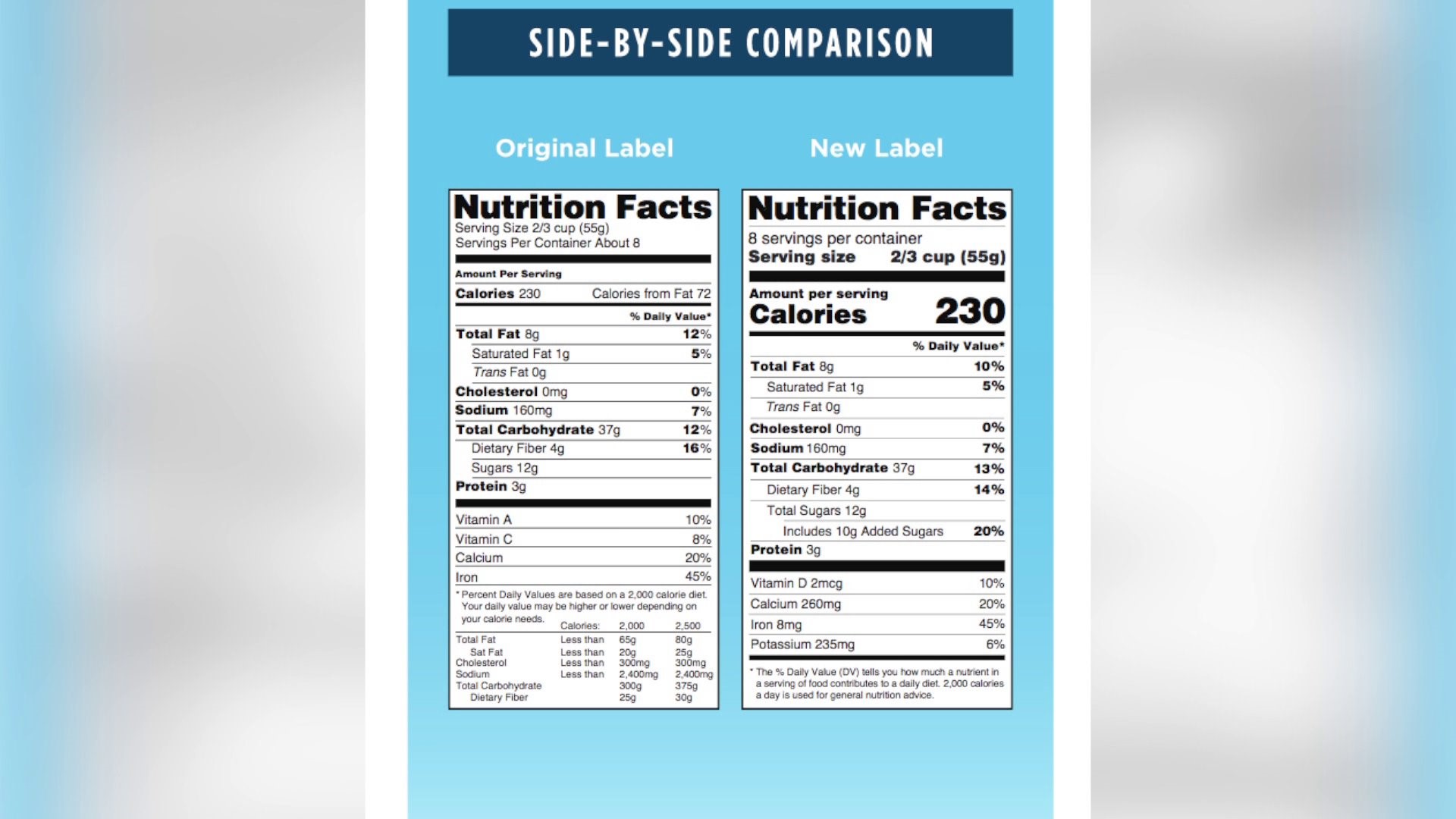Nutrition labels contain important information, but for many Americans, it can be difficult to interpret that information and make sense of it, in part because there are a lot of numbers and percentages. However, if math isn’t your thing, there’s good news!
“Look at it as a reference, but do not count calories,” said Big Y’s Lead Dietitian Nutritionist Carrie Taylor, “do not worry about doing all of this because you’re supposed to love eating food and when you start adding numbers and math to it, it takes away that enjoyment.”
Taylor said this advice doesn’t apply to people who have diagnosed problems like hypertension and diabetes, which requires closer monitoring of their diet. Also, for the rest of you, don’t infer from this that you can eat whatever you like. Instead, Taylor said, you don’t have to worry about counting calories and nutrients as long as you follow some basic nutritional guidelines.
“So the one take-home message I always say to our shoppers is look down at your plate and look down at your snack. If there is absolutely no color, add color,” she said, “it’s going to work itself out and it's true because you start displacing other foods - so if you start eating fruits and vegetables as half your plate, you’re going to end up in a pretty good situation.”
However, if you do want to look at labels, just look to make sure the percentages for a given nutrient are within a certain range.
“Just know that if you see 20 percent or higher, that food has a high amount of that nutrient. If it's five percent or lower, it has a low amount of that nutrient, so when you’re looking at saturated fat, if you start seeing like 18, 20 percent its high in saturated fat,” Taylor said.
If there’s one number you need to keep a close eye on, it’s the recommended serving size, and how that relates to calories.
“That’s the first rule that we teach for label reading is look at that serving size and make sure that’s how much you eat and then look at the numbers below,” Taylor said.
Taylor said this is especially true because food manufacturers may get a little creative.
“There is something to say about, ‘Wait a second, why is your high sugar cereal three-quarters cup but your no-added-sugar cereal’s a cup?”
As for grams of protein per serving, Taylor said there’s a good chance you don’t need to worry about looking at the labels to get enough because most Americans eat too much protein anyway, and don’t spread that protein intake out through the course of the day.

